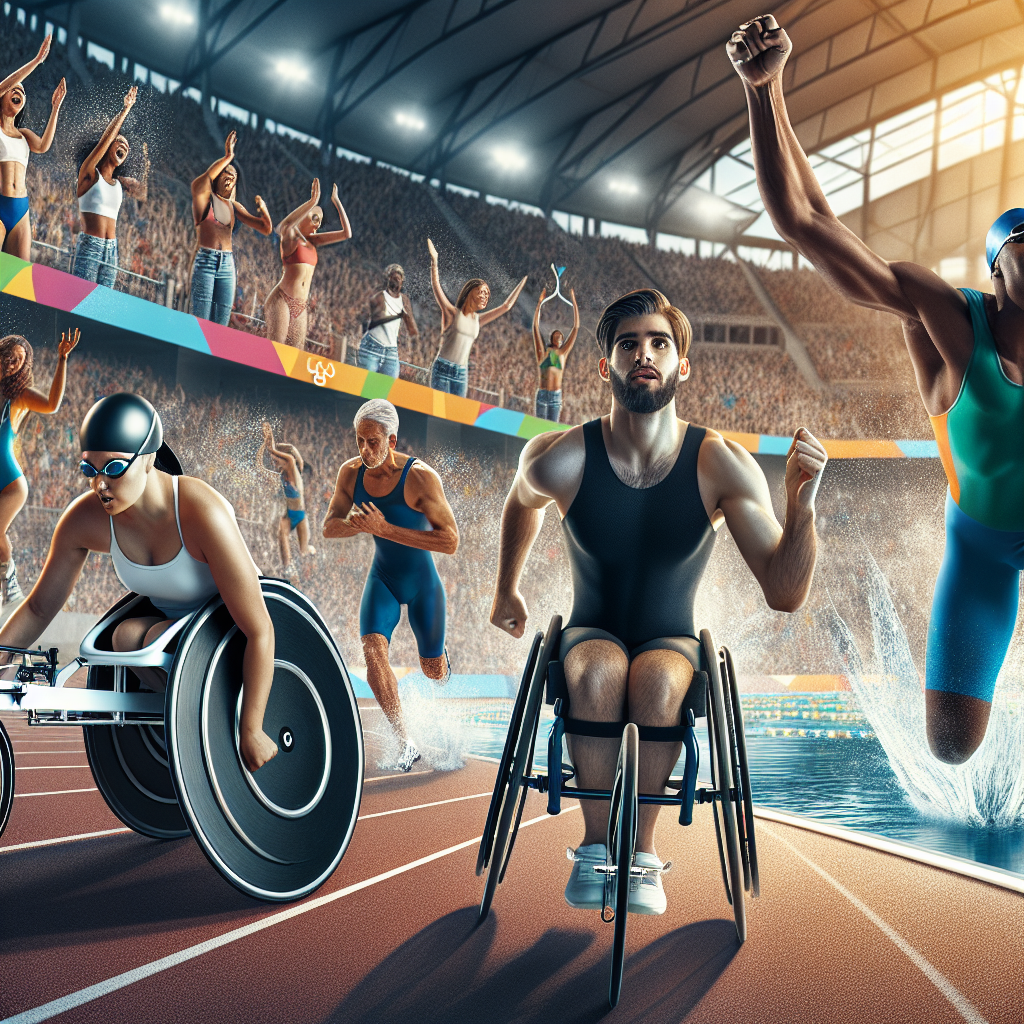Paralympic Evolution: From Rehabilitation to High-Tech Fairness
The Paralympic Games, originating in 1948 with Ludwig Guttmann's Stoke Mandeville Games, have evolved significantly. Technology now plays a crucial role, enhancing athletes' performance but also raising fairness concerns. Advances like neuroprosthetics present new challenges. Innovations in AI-driven classification systems aim to ensure equitable competition.

The Paralympic Games, established as a major global event, have roots in rehabilitation therapies. The first official event took place in Rome in 1960, but its origins trace back to 1948, thanks to neurologist Ludwig Guttmann's efforts at the Stoke Mandeville Games in England for World War II veterans with spinal cord injuries.
Today, technology is pivotal in the Games, advancing athletes' capabilities but also posing new challenges regarding fairness. Early equipment was basic, but the rise of specialized tools, like carbon fibre running blades, has transformed competition. These blades, used by athletes such as Oscar Pistorius, enable performances rivaling those of able-bodied competitors.
As technological advancements continue, controversies over unfair advantages are growing. For example, Blake Leeper's attempt to compete in the Tokyo 2020 Olympics raised debates about competitive equity. To ensure fairness, the International Paralympic Committee is developing AI-driven classification systems, aiming to provide accurate and objective athlete classifications despite potential challenges.
(With inputs from agencies.)










